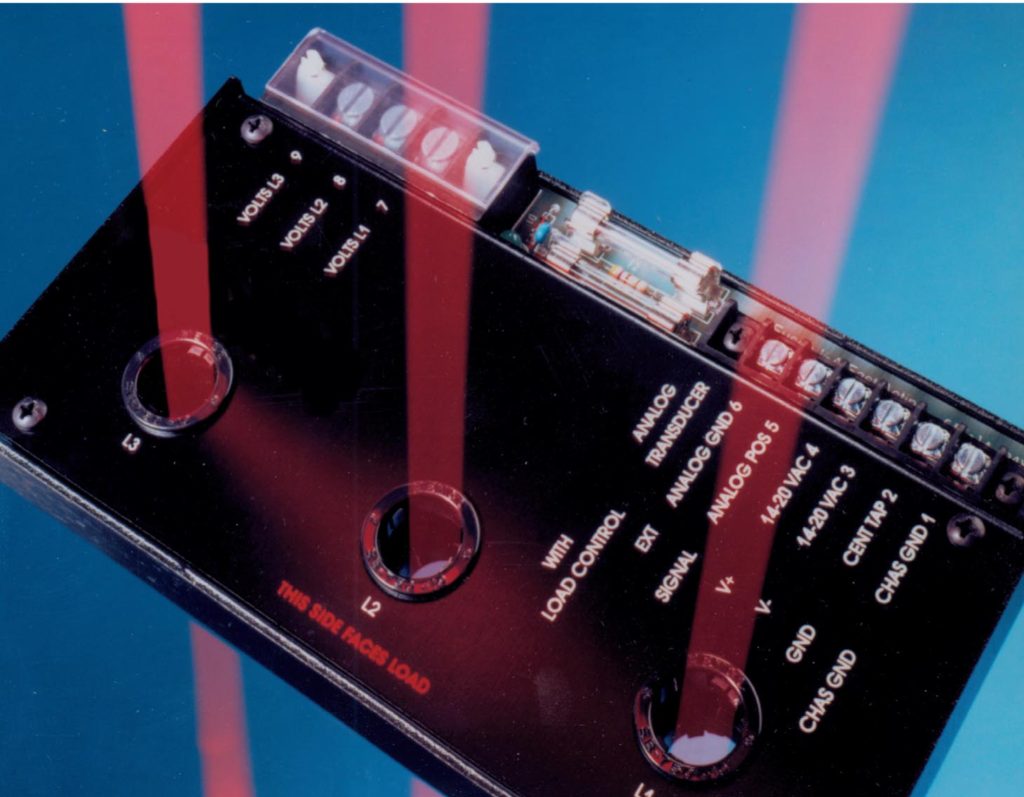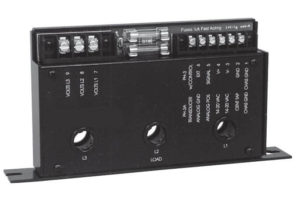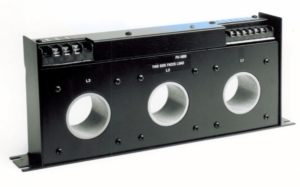PH-3A and PH-1000 Power Transducers
Current Sensing for Wide Ranging AC/DC Loads
 |
|
Specifications

| Full Scale Capacity 460 Volt Network | ||
| Model | Full Scale | kW Scale |
| PH-3A-HHG | 2HP | 1.5 |
| PH-3A-HG | 4.5HP | 3.3 |
| PH-3A-10 | 10HP | 7.5 |
| PH-3A-15 | 14HP | 10.4 |
| PH-3A-20 | 21HP | 15.7 |
| PH-3A-30 | 32HP | 23.9 |
| PH-3A-40 | 43HP | 32.1 |
| PH-3A-50 | 53HP | 39.5 |
| PH-3A-60 | 64HP | 47.7 |
| PH-3A-70 | 75HP | 56 |
| PH-3A-80 | 85HP | 63.4 |
| PH-3A-90 | 96HP | 71.6 |
| PH-3A-100 | 107HP | 79.8 |
| PH-3A-350-140 | 149HP | 111.2 |
| PH-1000-100 | 102HP | 76.1 |
| PH-1000-200 | 213HP | 158.9 |
| PH-1000-300 | 320HP | 238.7 |
| PH-1000-400 | 427HP | 318.5 |
| PH-1000-500 | 533HP | 397.6 |
| PH-1000-600 | 640HP | 477.4 |
| PH-1000-700 | 747HP | 557.3 |
| PH-1000-800 | 853HP | 636.3 |
| PH-1000-900 | 960HP | 716.2 |
| PH-1000-1000 | 1067HP | 796 |
*KW=(HP)(.746)
** NOTE: The Current Networks do not limit the current. They provide the Full Scale Power calibration point (HP or KW). The Power Cell is not damaged by overloads.
| For Voltage Networks Other Than 460 Volt Multiply Full Scale HP by: | |
| 115 Volts | .25 |
| 185 Volts | .4 |
| 230 Volts | .5 |
| 255 Volts | .55 |
| 380 Volts | .83 |
| 415 Volts | .9 |
| 580 Volts | 1.26 |
For Small Loads:
The capacity can be reduced by taking additional “turns” with the wire through each hole for each phase.
Example: A 10HP unit is reduced to 5HP by taking two turns through each hole. It is reduced to 3.33HP with three turns, etc.
Outputs Available:
0-1mA, 4-20mA, 0-5 Volts, 0-10 Volts the output is powered by the Power Cell
To Order:
Specify Model Number, Network Voltage (if not 460 Volts) instrument power and output.
Power Sensors
Power sensors or power cells measure Horse Power HP – which is useful as motors are rated in HP.
Understanding the load applied to an electric motor, by measuring the Arms current to the motor, will give false results. Typically this is not the best method since a lightly-loaded motors do not use the electricity very efficiently. In technical terms, the power factor is low and measurement of current alone does not help understand loading
A better technique to understand the torque load is to measure the motor power, measured in Horsepower HP or Kilowatts (W). Motor power has a straight line relationship, so it works well even when the motor is lightly loaded.
Our PH Power Sensors measure the motor load (Horsepower or Watts) and send an analog signal to Meters, Data Acquisition equipment, Computers and PLCs. This way, the operator can see motor load status, the computer can make process control decisions.
The typical way to measure power is fairly complex. However, our PH Power Sensor gives users a simple accurate solution.
Load Controls
A PH power sensor measures motor power in kW kilowatts, however, in addition, it has built-in relays and set points. The user can adjust the set point so that when the motor load reaches the set point, a relay will trip. The relay acts as a switch and is used to turn off the machine, sound an alarm, control other processes or adjust the machine feed rate.



